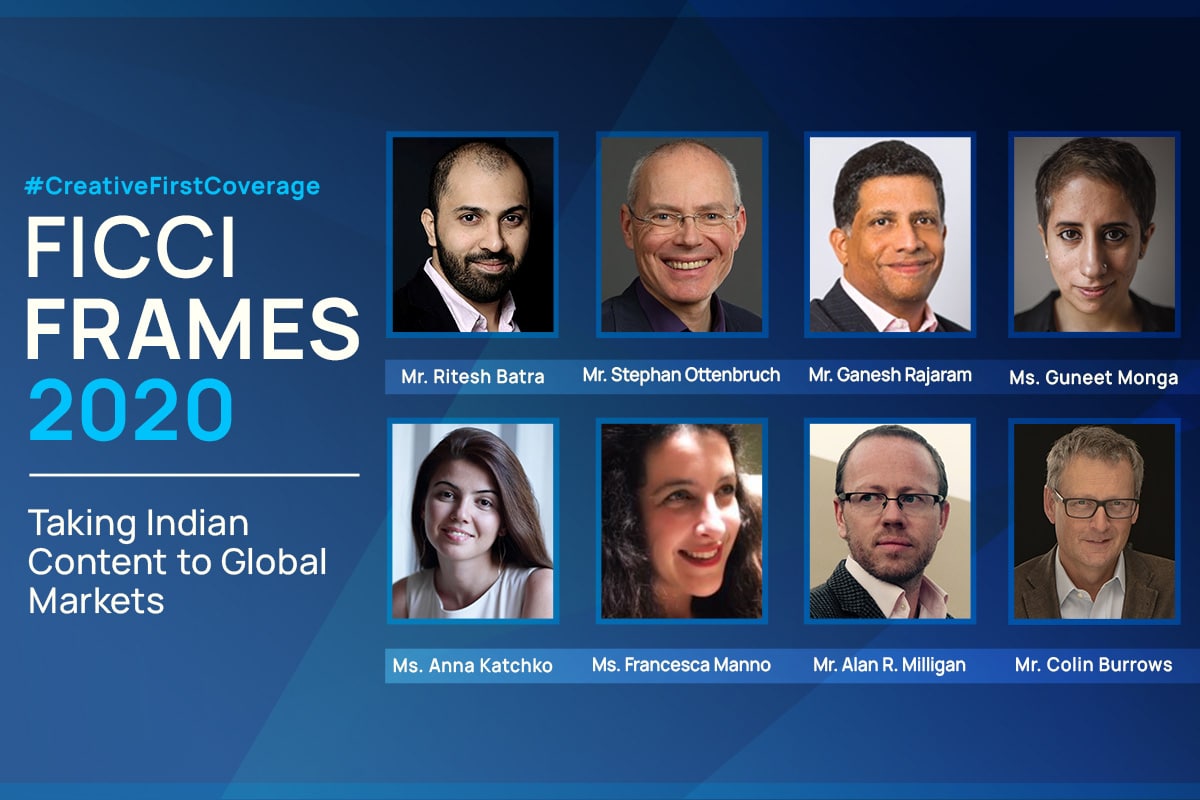
The success of movies like English Vinglish and Masaan across the world is proof that there is tremendous appetite for Indian cinema. The Sridevi-starrer told the story of a homemaker whose family mocked her for not knowing English. On a trip to New York City, Sridevi’s endearing character used her earnings from selling laddoos to secretly enroll for English language classes and emerges triumphant. English Vinglish received a five minute standing ovation at the 2012 Toronto International Film Festival and was one of the top 10 Bollywood grossers overseas that year. Masaan, an Indo-French co-production that shed light on caste-based violence in small town India, won praise at the Cannes Film Festival in 2015. However, the success of these unconventional movies is an exception rather than the norm. A lot needs to be done to break the perception that Indian movies are long, melodramatic marathons filled with song and dance.
Story, finance and visual design: foundation of success.
At E-Frames 2020, a panel of distributors and producers from India and the world came together to discuss Taking Indian Content to Global Markets. These included Ganesh Rajaram, EVP Sales ‑ Asia, Singapore, Fremantle International, Guneet Monga, Chief Executive Officer, Sikhya Entertainment, Alan R. Milligan, Chief Executive Officer – White Rabbit, Colin Burrows, Chief Executive Officer, Special Treats Productions, Francesca Manno, Chief Executive Officer, Summerside International and Anna Katchko, Founder & Chief Executive Officer, Tandem Productions. Stephan Ottenbruch, Festival Director, Indo German Film Festival moderated the discussion.
At the outset, Ms. Monga said that it was important to differentiate between stories that worked in India versus those that have a universal appeal. She added that producers of movies that have the potential of attracting audiences across the world, should be mindful of the film’s visual design, finance structure and storytelling style to give them a global appeal.
Ms. Monga also said too that co-productions play a major role in a film’s worldwide success. “Take Lunchbox, for example. It was able to break a lot of barriers because it was an Indo-French co-production,” she said.
Distinct genres, scripted shows and good marketing
Ms. Manno said that her’s is a small international films sales agency which looks for very specific and distinct films. The reason Summerside International doesn’t feature Indian movies on its list, is because it hasn’t found an independent producer in India who makes the kinds of films she scouts for, she said. Ms. Manno added that Bollywood productions are very commercial, and don’t fit into the editorial line her agency has adopted. The genre of films too has to be clear.
“Dramedies or black comedies are not easy to sell,” Ms. Manno added. “Clear genres help us target the film to a specific audience.”
Ms. Katchko added that sometimes, it was difficult to know which Indian films would work in the international market. In Russia, a big consumer of Hindi cinema, she added that some distributors had shut shop because they found movies to be too long. “Another problem is that there are multiple big events in India, and it is difficult to distinguish which one will be useful for us. Instead, there should be just one or two big international events people from overseas find useful,” Ms. Katchko suggested.
Mr. Rajaram of Fremantle International, which produces shows like India’s Got Talent and Indian Idol, said that his company’s focus is now more on scripted shows because they have a longer shelf life, especially on VOD platforms.
He added that so long as a show’s story is good, it doesn’t matter which language it is in. “My Brilliant Friend, for example, was an Italian show that aired on HBO+. In China, we had a bidding war for it. So scripted stories, told by people of their own countries, are the future,” he added.
Rajaram added that the marketing of films needs to focus on stories, not stars. “The marketing of English-Vinglish focused entirely on Sridevi, which completely missed the point,” he said. “My Chinese wife saw the movie and loved it. She had no idea about the actors in the film but she loved the story.” Mr. Burrows agreed with him and added that a star-centric marketing strategy may work in India but abroad, it will not.
Key takeaways